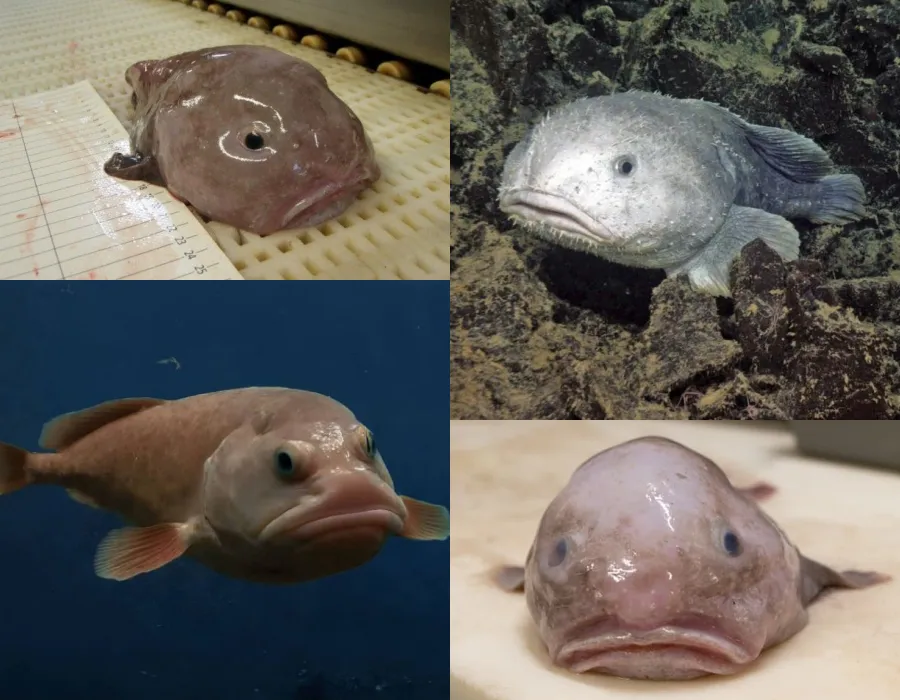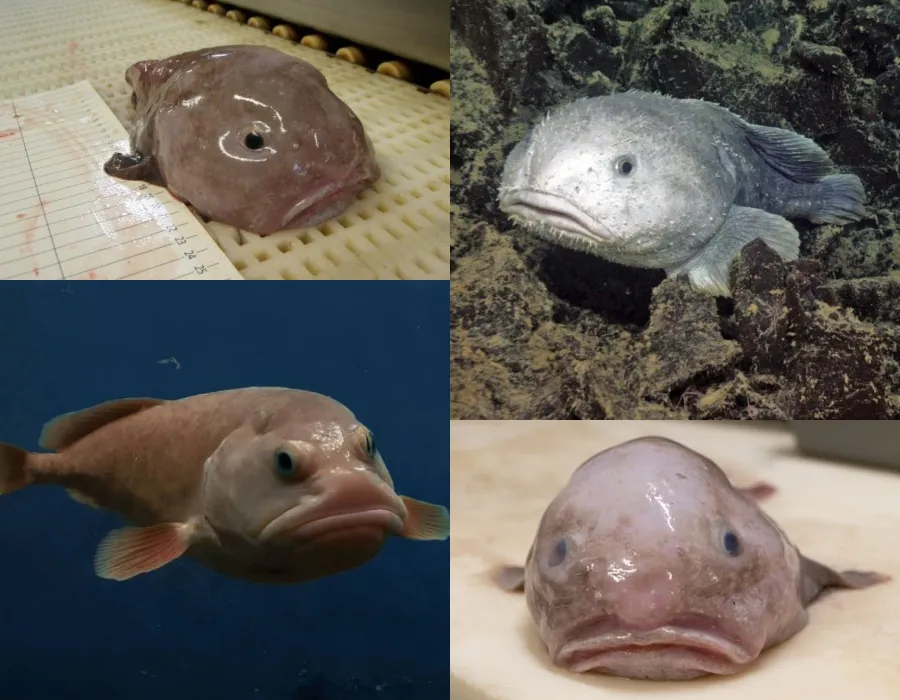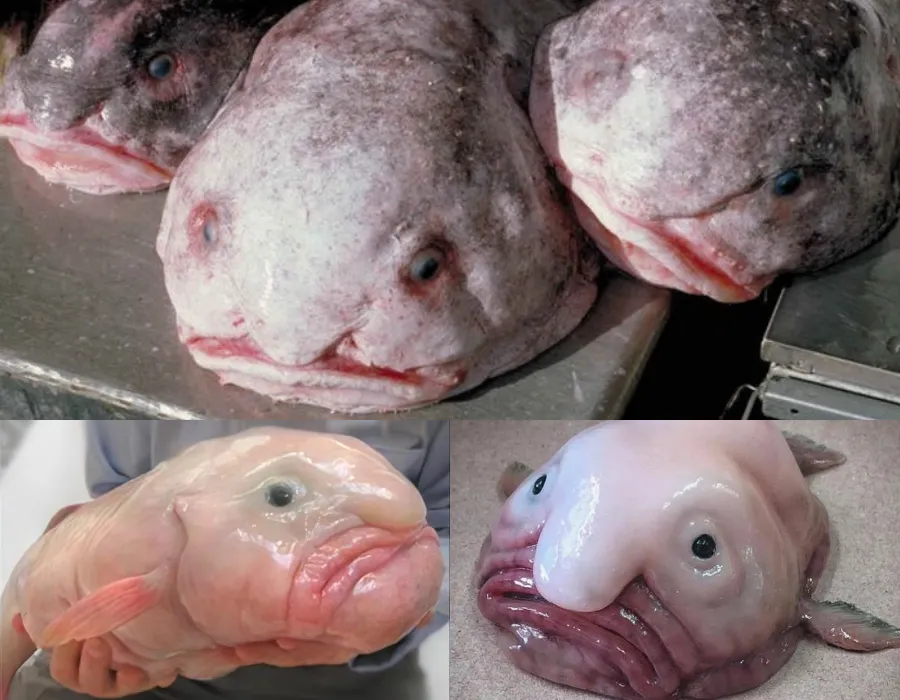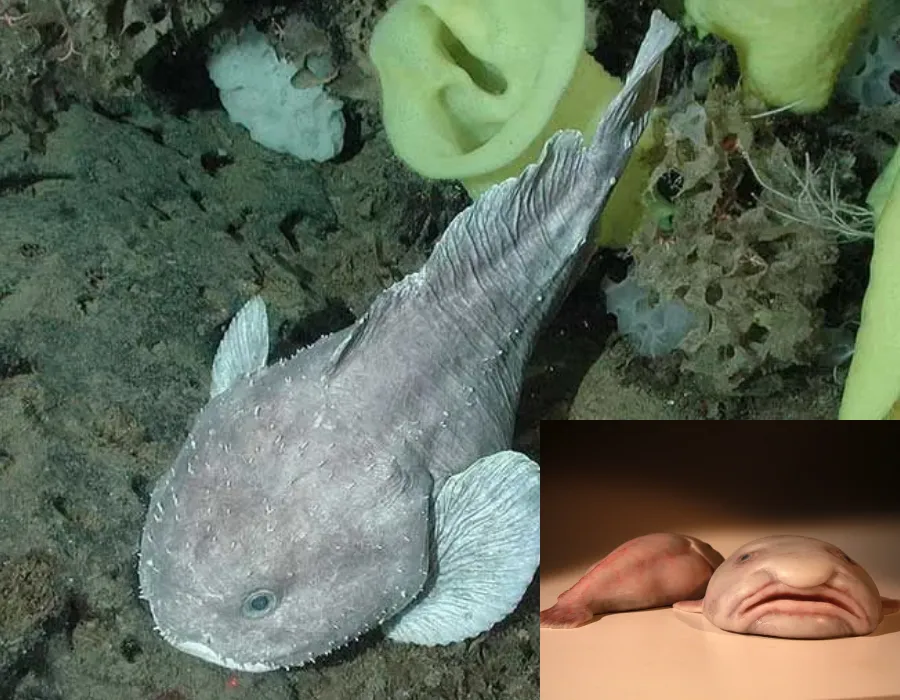
The World’s Ugliest Fish: The Blobfish
Introduction to Blobfish – A Fish Famous for Its Unattractive Appearance

Blobfish, also known as the blobfish, is one of the most impressive marine creatures with its unique and unusual appearance. The name “Blobfish” usually refers to the species Psychrolutes marcidus, but is sometimes also used to refer to species in the family Psychrolutidae. Although their appearance is often considered ugly, Blobfish have attracted attention and become famous thanks to their special shape.
Blobfish began to attract global attention in 2003 when their images were shared during Kerryn Parkinson’s NORFANZ expedition. Since then, the Blobfish has become a leading contender for the title of “world’s ugliest animal” by the Ugly Animal Preservation Society. This popularity has helped the fish become the official mascot of the Society.
Blobfish live mainly in deep waters from 600m to 1,200m below sea level, including the Atlantic, Indian and Pacific Oceans, especially off the coasts of Australia, Tasmania, and New Zealand. With water pressure 120 times higher than on land, this fish has developed special physiological characteristics to adapt.
They have a unique feeding habit of lying on the ocean floor and eating anything that passes by, including crustaceans, brittle stars, sea anemones and carrion. This feeding style helps them save energy, an important factor for survival in harsh environments.
Blobfish have a special body to withstand the enormous pressure at the bottom of the ocean. Instead of bones, they have a minimalist body structure with soft, jelly-like muscle tissue and flesh. This is why blobfish look so strange when they are pulled up to land – their bodies turn a milky white with a pink tinge and become limp due to the lack of water pressure.

Challenges in Research and Conservation
While blobfish are famous for their strange appearance, studying them in their natural habitat is a major challenge. Because they live at great depths, research is often only possible when the fish are brought to land, which can cause injuries such as ruptured organs and popping eyes. Additionally, ocean warming is affecting the growth of blobfish, increasing the risk to the species.

Blobfish, despite their unappealing appearance, are a living testament to the diversity and adaptability of marine life. Understanding them not only helps us re-evaluate animals with strange appearances, but also contributes to conservation and biological research.






